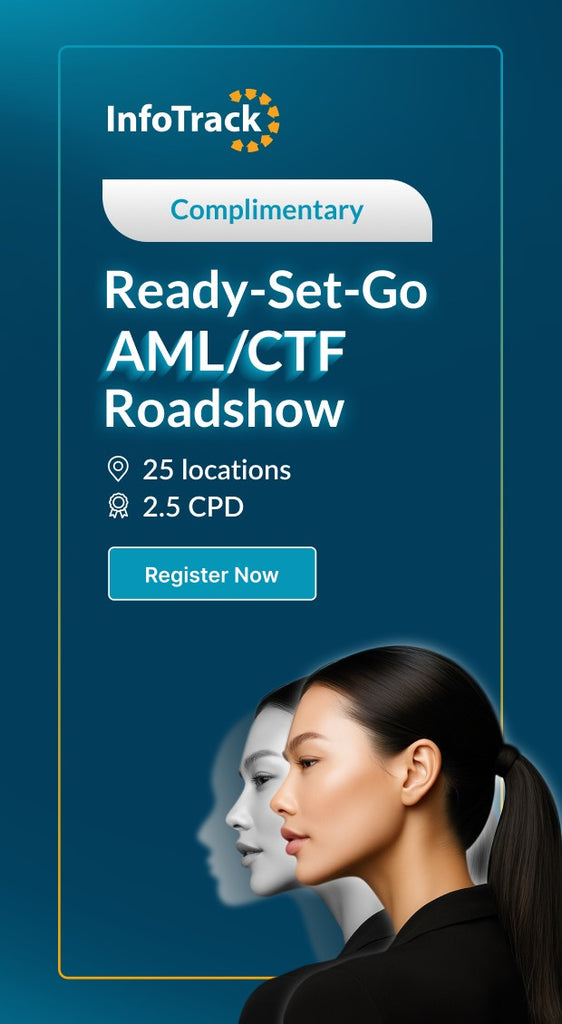
Legal Automation Projects and the First Pancake | LPI
Designing and developing well-functioning legal automation however is hard work. Despite the hype, the vast majority of lawyers have never done this before (mucking around in a workshop doesn’t count). There’s also a lot riding on your first project. Miss the mark and you can quickly exhaust the limited goodwill of your users, as well as the trust of sceptical managers.
Help exists of course – talking to other professionals that have gone through the same journey, reading advice online, or even hiring an external consultant. The reality is, the first pancake usually doesn’t go to plan, even with the best preparation and intentions.
But don’t give up! We all have to start from somewhere, and legal automation is a very worthy cause.
Put on the guard rails
Many people say you should pick a big fish to automate – something that will produce a hefty ROI when automated, address a huge pain point in your organisation, or which affects many people from multiple departments. This is usually a bad advice, unless you have a number of legal automation projects already under your belt.Don’t do what I did and choose a Messina recipe for your first go of the new ice-cream maker, as the centrepiece of the dessert at the extended family Christmas lunch. Instead, for your first project, choose a process that is discrete, simple, well understood, and which only affects a small number of sympathetic stakeholders. If nothing worthwhile comes to mind, consider siphoning off a part of a larger process, or restricting access only to particular team members. In other words, treat the project as a ‘pilot’. Launch it within a controlled environment where the consequences of something going wrong (which is almost certain) are tolerable, and people won’t miss out on dessert.
There is no finish line, and that’s a good thing
You will learn a lot from the pilot, far more than you could learn from reading blog posts or attending a webinar. After a few goes, you will have a feel for what’s needed to tackle the big, glamorous automation projects. But regardless of size, one thing you will learn is that automation projects never finish.We’re familiar with our computers pestering us to download the latest software update. Lawyers don’t get to do this. After the contract has been signed, after the trial has been concluded, we don’t get to reopen the matter and say we’ve missed something or thought of something better. But you do get that luxury for technology projects. You should take advantage of it.
This means the first version of your automation doesn’t have to cover everything your users might want (even if it was possible to know that in advance). Many legal automation projects stall because somebody wants some feature which is too fiddly to implement. Even if that feature relates to a core part of the process being automated, have a serious think about whether you can leave it out for the moment. In fact, for the vast majority of cases it is most efficient to take an incremental approach: launch your automation with only limited functionality, see what works well and doesn’t work so well, tweak and expand your automation accordingly and repeat.
It’s also worth pointing out that the ability to continuously iterate your automation can be a curse, in the sense that most lawyers prefer getting a job done and then promptly moving onto the next job. These are not set and forget projects. If you stop caring about the automation project after its initial launch, it’s likely your users will too.
Have a go
We are lucky to work in a world where the tools needed to build automations are so readily available. For lawyers however, it’s important not to approach your automation project in the same way as your legal matters. The reality is that your automation project won’t be perfect the first, second or even third time around, but that’s ok. Deploy it bit by bit in a sensible and risk controlled manner, and appreciate that it’s a never ending journey of continuous improvement both for you and the automation project.
Authored by Daniel Yim, Co-founder of Bumpd, registered not-for-profit helping people who have lost their jobs due to pregnancy or parenting-related discrimination.
Also read top viewed Ai Legal article: The Role of AI in Legal Research.





